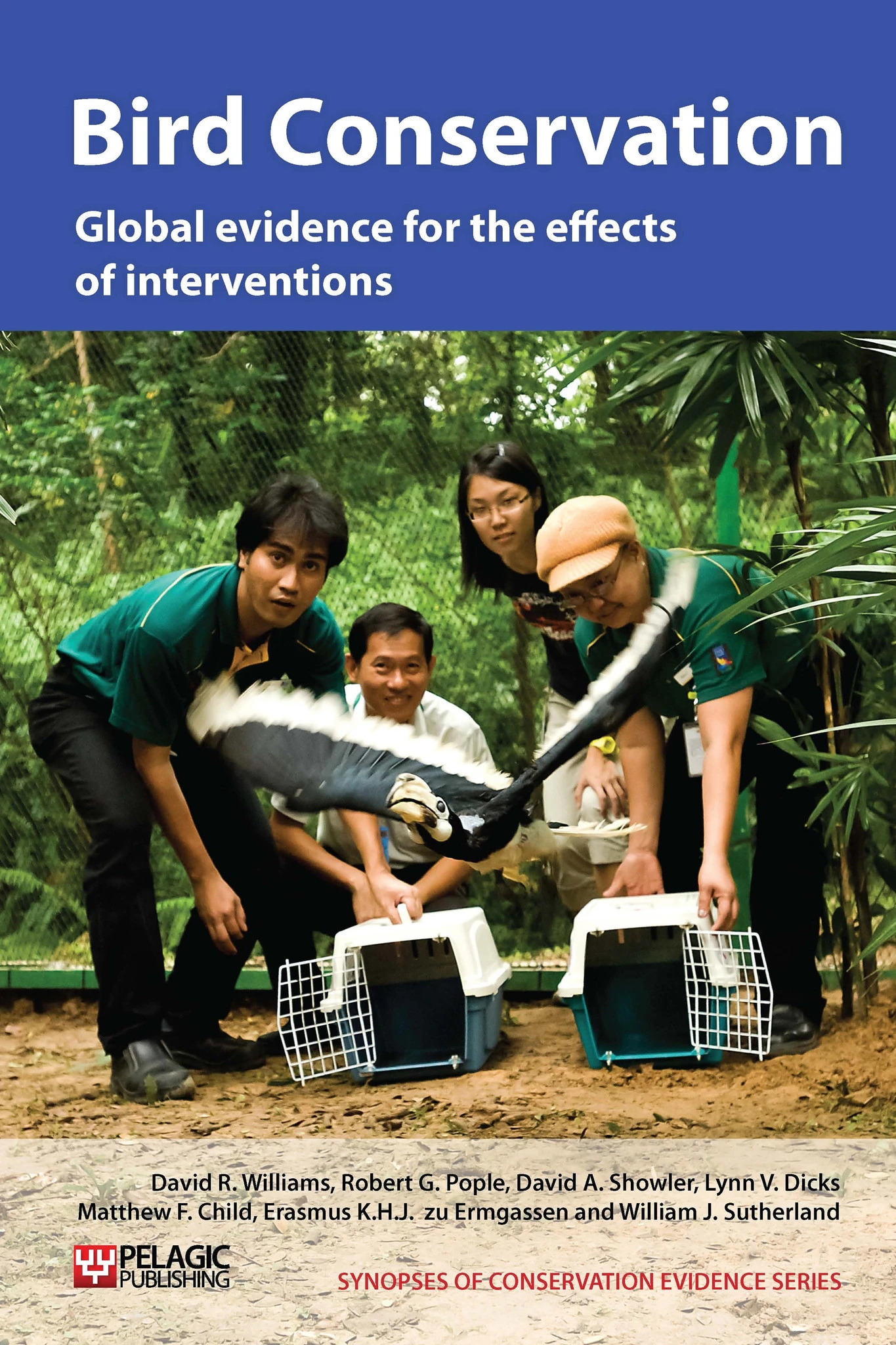Wash contaminated semen and use it for artificial insemination
-
Overall effectiveness category Unknown effectiveness (limited evidence)
-
Number of studies: 1
View assessment score
Hide assessment score
How is the evidence assessed?
-
Effectiveness
31% -
Certainty
15% -
Harms
0%
Supporting evidence from individual studies
A replicated controlled study from February-April in a captive breeding programme in Spain (Blanco et al. 2002) found that urine-contaminated sperm can be used to artificially inseminate raptor females after washing the sperm with an alkalinised diluent. Urine contamination of ejaculate samples was high in all 4 species (25 individuals) analysed (37% for golden eagle Aquila chrysaetos, 43% for Spanish imperial eagle Aquila adalberti, 29% for Bonelli’s eagle A. fasciatus (also Hieraaetus fasciatus) and 48% for peregrine falcon Falco peregrinus) and significantly reduced semen pH (6.5-6.9 compared to 7.2-7.6). However, sperm motility was significantly higher in sperm washed with an alkalinised diluent (compared to a neutral diluent). An intramagnal insemination technique of washed semen produced 1 golden eagle and 2 peregrine falcon nestlings (11 and 16% of clutch size respectively). Each sperm sample was divided into two equal amounts and washed with either neutral (pH 7.0) or alkalinised (pH 8.0) diluent (Lake’s formula with 300 mg / 100 ml of citric acid added) before being incubated for 30 min (21°C).
Study and other actions tested
Where has this evidence come from?
List of journals searched by synopsis
All the journals searched for all synopses
This Action forms part of the Action Synopsis:
Bird Conservation
Bird Conservation - Published 2013
Bird Synopsis





)_2023.JPG)














